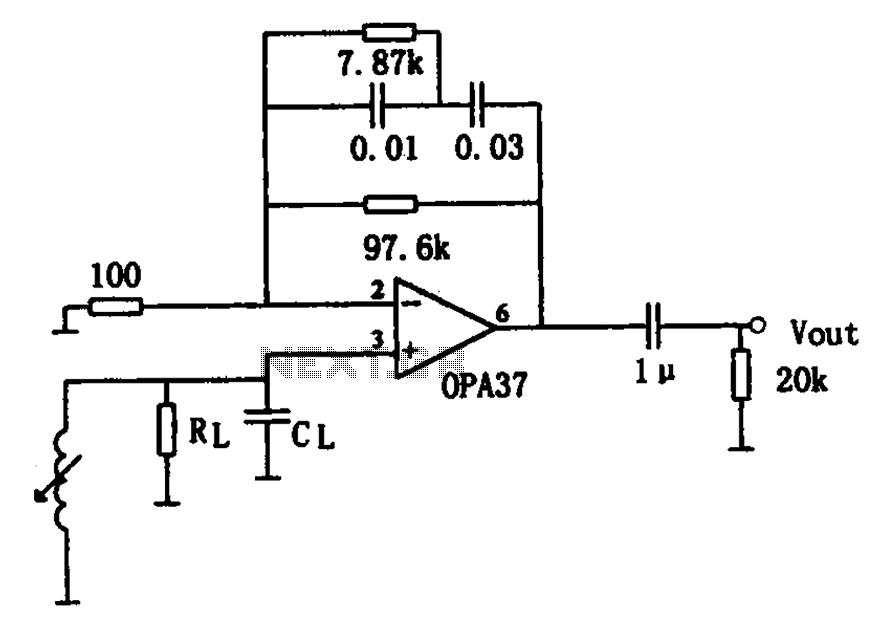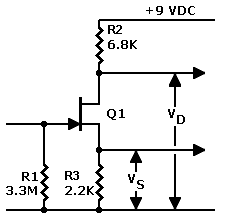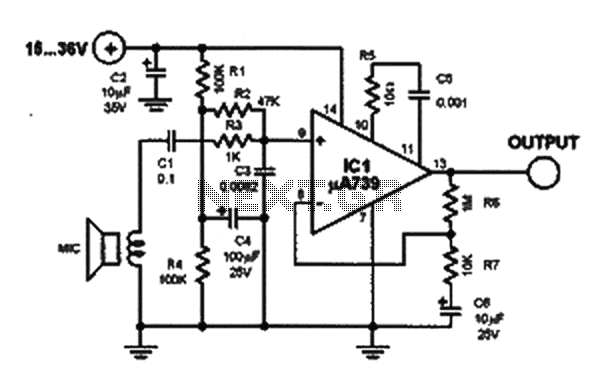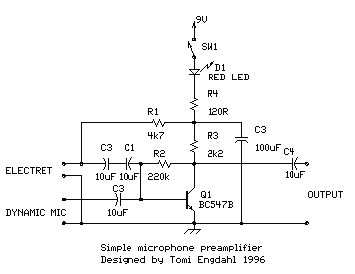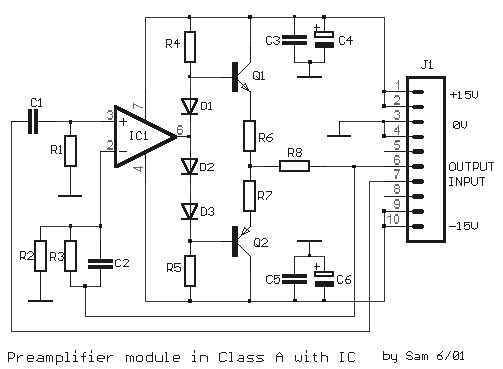
Moduler Preamplifier
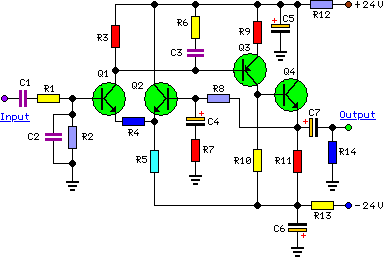
To complement the 60 Watt MOSFET Audio Amplifier, a high-quality preamplifier design was necessary. A discrete component topology, utilizing ±24V supply rails, was chosen, maintaining a minimal transistor count while still achieving low noise, very low distortion, and a high input overload margin. The modules constituting this preamplifier can be utilized in various combinations and can drive different power amplifiers, provided that the subsequent stages present a reasonably high input impedance.
The preamplifier circuit is designed to enhance audio signals before they are sent to the power amplifier. It employs a discrete component architecture, which allows for optimized performance through the careful selection of individual transistors and passive components. The use of ±24V supply rails is significant as it provides sufficient headroom for audio signals, minimizing the risk of clipping and distortion.
The design focuses on maintaining a low noise floor, which is crucial for high-fidelity audio applications. This is achieved through careful layout techniques and component selection, ensuring that noise sources are minimized and that the signal path remains clean. The low distortion characteristics of the preamplifier are attained through the use of high-quality components and a topology that minimizes non-linearities.
The high input overload margin is an essential feature, allowing the preamplifier to handle unexpected peaks in audio signals without distortion. This capability is particularly important in live sound applications or when interfacing with sources that may have varying signal levels.
Modularity is a key aspect of this preamplifier design. The ability to combine different modules allows for flexibility in system configuration, enabling the user to tailor the preamplifier to specific requirements or to match it with various power amplifiers. This adaptability is enhanced by ensuring that the output impedance of the preamplifier is compatible with the input impedance of the connected power amplifiers, which is typically designed to be high.
Overall, this preamplifier design is a sophisticated solution that complements the 60 Watt MOSFET Audio Amplifier, providing enhanced audio quality and flexibility in various audio applications.To complement the 60 Watt MosFet Audio Amplifier a High Quality Preamplifier design was necessary. A discrete components topology, using and - 24V supply rails was chosen, keeping the transistor count to the minimum, but still allowing low noise, very low distortion and high input overload margin. Obviously, the modules forming this preamplifier can be used in different combinations and drive different power amplifiers, provided the following stages present a reasonably high input impedance (i.
🔗 External reference
The preamplifier circuit is designed to enhance audio signals before they are sent to the power amplifier. It employs a discrete component architecture, which allows for optimized performance through the careful selection of individual transistors and passive components. The use of ±24V supply rails is significant as it provides sufficient headroom for audio signals, minimizing the risk of clipping and distortion.
The design focuses on maintaining a low noise floor, which is crucial for high-fidelity audio applications. This is achieved through careful layout techniques and component selection, ensuring that noise sources are minimized and that the signal path remains clean. The low distortion characteristics of the preamplifier are attained through the use of high-quality components and a topology that minimizes non-linearities.
The high input overload margin is an essential feature, allowing the preamplifier to handle unexpected peaks in audio signals without distortion. This capability is particularly important in live sound applications or when interfacing with sources that may have varying signal levels.
Modularity is a key aspect of this preamplifier design. The ability to combine different modules allows for flexibility in system configuration, enabling the user to tailor the preamplifier to specific requirements or to match it with various power amplifiers. This adaptability is enhanced by ensuring that the output impedance of the preamplifier is compatible with the input impedance of the connected power amplifiers, which is typically designed to be high.
Overall, this preamplifier design is a sophisticated solution that complements the 60 Watt MOSFET Audio Amplifier, providing enhanced audio quality and flexibility in various audio applications.To complement the 60 Watt MosFet Audio Amplifier a High Quality Preamplifier design was necessary. A discrete components topology, using and - 24V supply rails was chosen, keeping the transistor count to the minimum, but still allowing low noise, very low distortion and high input overload margin. Obviously, the modules forming this preamplifier can be used in different combinations and drive different power amplifiers, provided the following stages present a reasonably high input impedance (i.
🔗 External reference

